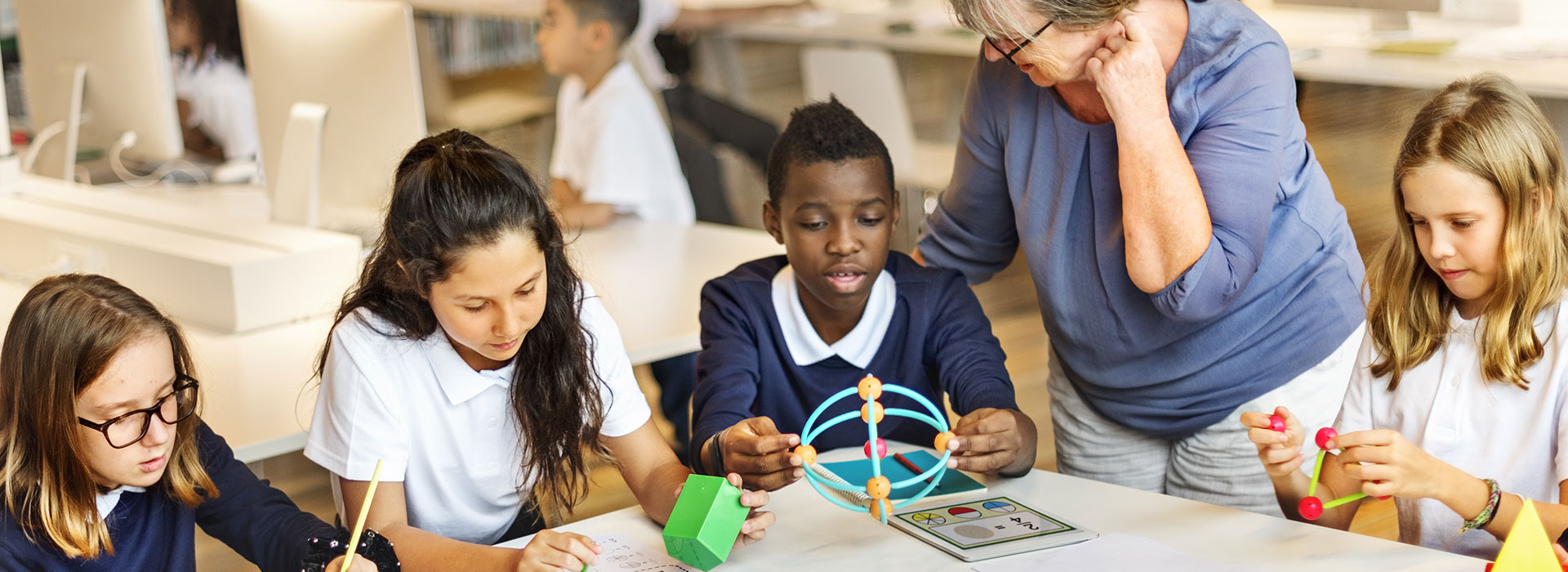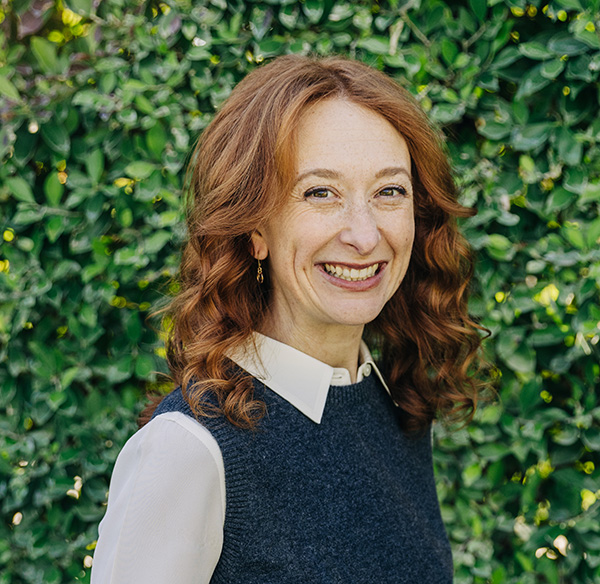As we plan recovery from one of the most disrupted years in modern history, educators are taking pause to make the best choices about what to do next. For every teacher who craves a return to normalcy, there is another who begs their colleagues to reimagine a different future of education. Both camps, from “let’s get back to normal” to “let’s reimagine everything,” are motivated by a common interest: we want to do what works best.
Years ago, I faced a similar dilemma in my classroom. As a teacher, I was certain that project based learning (PBL) would work best for my students. It added relevance to learning that really seemed to resonate with my students. My middle schoolers and I consulted community experts, dabbled in new technology, and threw ourselves into creative projects that leveraged collaboration. Their engagement soared. When it came to projects, we dazzled. But when it came to mastering language arts standards, I worried that we had fizzled.
It’s not to say my students didn’t learn anything; they certainly did. However, examining the progress they made in relation to language arts standards was not something we regularly did together. Many of my students came to my class far behind grade level expectations in their reading and writing skills. Some came to me far advanced as well. How much language arts growth did my students make during their time building cool projects in my class? I couldn’t tell you. Neither could they. Ouch.
Herein lies a tension with some teachers and school systems regarding project based learning ideas. When students come to our classes years behind in relation to grade level standards, incorporating an authentic purpose can feel like a luxury we can’t afford. That feeling is only exacerbated by headlines warning of learning loss after a year of pandemic shut-downs.
Thankfully, new research suggests that doing projects and deep learning of the standards are not mutually exclusive. Researchers from Stanford recently released a three-year study of students engaged in rigorous project based learning. In the study, sixth grade students–including low-SES and English Learners–outperformed their peers in standardized measures of reading, math, and language acquisition after a year of rigorous project based learning in their science class. Two related studies, focused on elementary students and those in AP science classes, also showed significant growth for students engaged in rigorous project based learning compared to control groups. The benefit of project based learning is very clear from these studies. Rigorous project based learning can–and should–address a progression of learning that ensures students have the basic knowledge they need, as well as opportunities to apply their knowledge to relevant situations. So how do we do it?
Improving our practice as teachers and school leaders takes continual work, best done in the company of supportive school systems. Here are a few key project based learning examples that can help students access the benefits of project based learning and ensure that learning the standards stays at the center of teaching strategies, assessments, and reflection.
Clarify the learning
Projects are fun because they give students a real-world question to tackle. However, it’s easy to get distracted by this authentic purpose if students aren’t constantly re-focused on the learning at hand.
Effective lesson plans for project based learning, provide students with a clear path for what their learning will look like at surface, deep, and transfer levels. This planning helps them identify where they are on their journey, and where they need to go next.
When success criteria are kept in plain view of students (on a bulletin board or a daily agenda, for example), it can also give coherence to how the day’s lesson applies to the big picture of a project.
Ensuring that success at each level of learning is clearly defined with student-friendly language that is free of context provides a simple way for teachers and students to assess their learning periodically throughout the project.
Challenge students at the right time
Different teaching and learning strategies work best at different times in a learner’s journey. For example, when students are building surface level knowledge, matching words to definitions, or simple note taking, can address their needs most directly. But definitions and dates can’t be where we stop.
For students to consolidate deep learning, a class discussion or reciprocal teaching can help them make connections. Applying what they’ve learned to a complex task or situation is how students build their ability to transfer what they know. This can take the form of designing their own solution to a complex problem, or evaluating an existing solution.
Does that sound like a project? Sure does.
To build in opportunities to transfer learning in PBL, consider adding a twist or a sequel to the project students have been working towards. For example, imagine students spent a month learning to improve their argumentative writing, so they could persuade their principal to change the school mascot.
A follow-up letter to parents, asking them to reallocate funds from the parent club, can help students flex their argumentative muscles and show that what they have learned can be applied to new contexts. Let students see that their skills are meant to transfer to new situations.
Create a culture of examining impact
Remember my question about my students’ growth in language arts? In my early years of project based learning, we built a positive, high-energy culture where students were reflective about their time on task and their contributions to group work. But I didn’t foster a culture of learners who continually reviewed what they had learned or what their next steps were.
One critical way I’ve changed my approach since then is to implement formative assessments from the very beginning of a project into my lesson plans for project based learning. They don’t have to be elaborate, just enough to give students and me an idea of where they start, where they are in the middle of a project, and how they wrap up. It is so much easier (and kinder) to ask students to reflect on their learning when they have concrete evidence of where they began. Moreover, this helps keep clear learning intentions at the forefront because they’re being periodically assessed.
As a teacher, this practice within PBL has also helped me reflect at the end of a project. “Were student presentations awesome?” is a perfectly normal question to ask. However, “How much did each student improve their ability to write informational paragraphs?” is a better question for measuring learning and predicting transfer. It only happens when looking at impact–for students and for teachers–is a regular part of the classroom culture.
After this period of interrupted schooling, can we facilitate classrooms that keep kids relentlessly aware of their learning, and also engage them with an authentic purpose? I think so. I can’t imagine a time when it will be more crucial to help students identify where they are in their learning, and how it is relevant to the world around them.
Rigorous project based learning might be a return to normalcy for some classrooms, and it might be education reimagined for others. In any case, it’s a tool we can learn from when we want to do what works best.
References:
Deutscher, Rebecca R. et al. (2021). Learning Through Performance Project-Based Learning as a Lever for Engaging the Next-Generation Science Standards. Stanford Center for Assessment, Learning & Equity.
Hattie, J., Donoghue, G. (2016). Learning strategies: a synthesis and conceptual model. npj Science Learn 1, 16013. https://doi.org/10.1038/npjscilearn.2016.13
Lucas Education Research. (2021). The Evidence is Clear: Rigorous Project-Based Learning is an Effective Lever for Student Success. Lucas Education Research.


